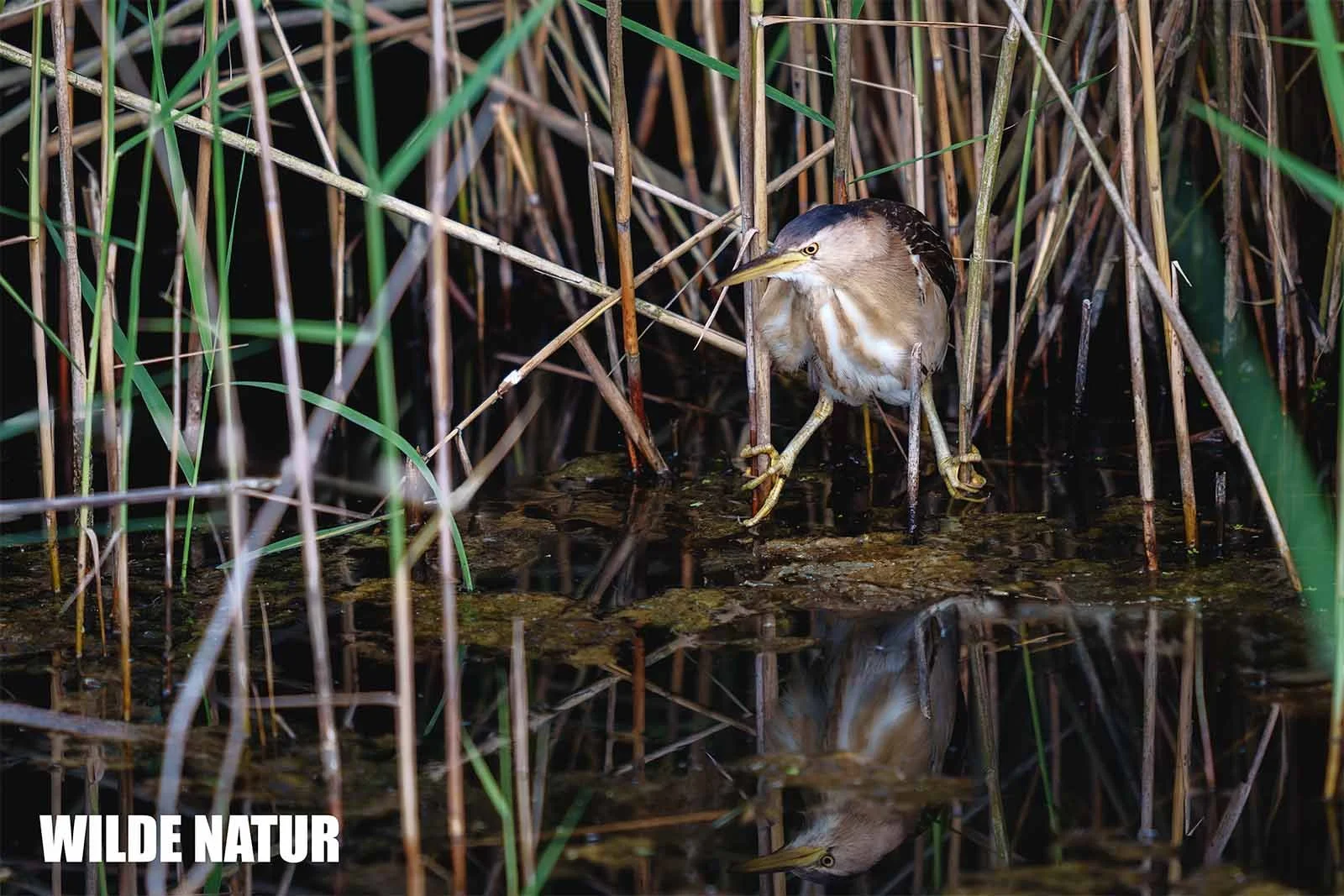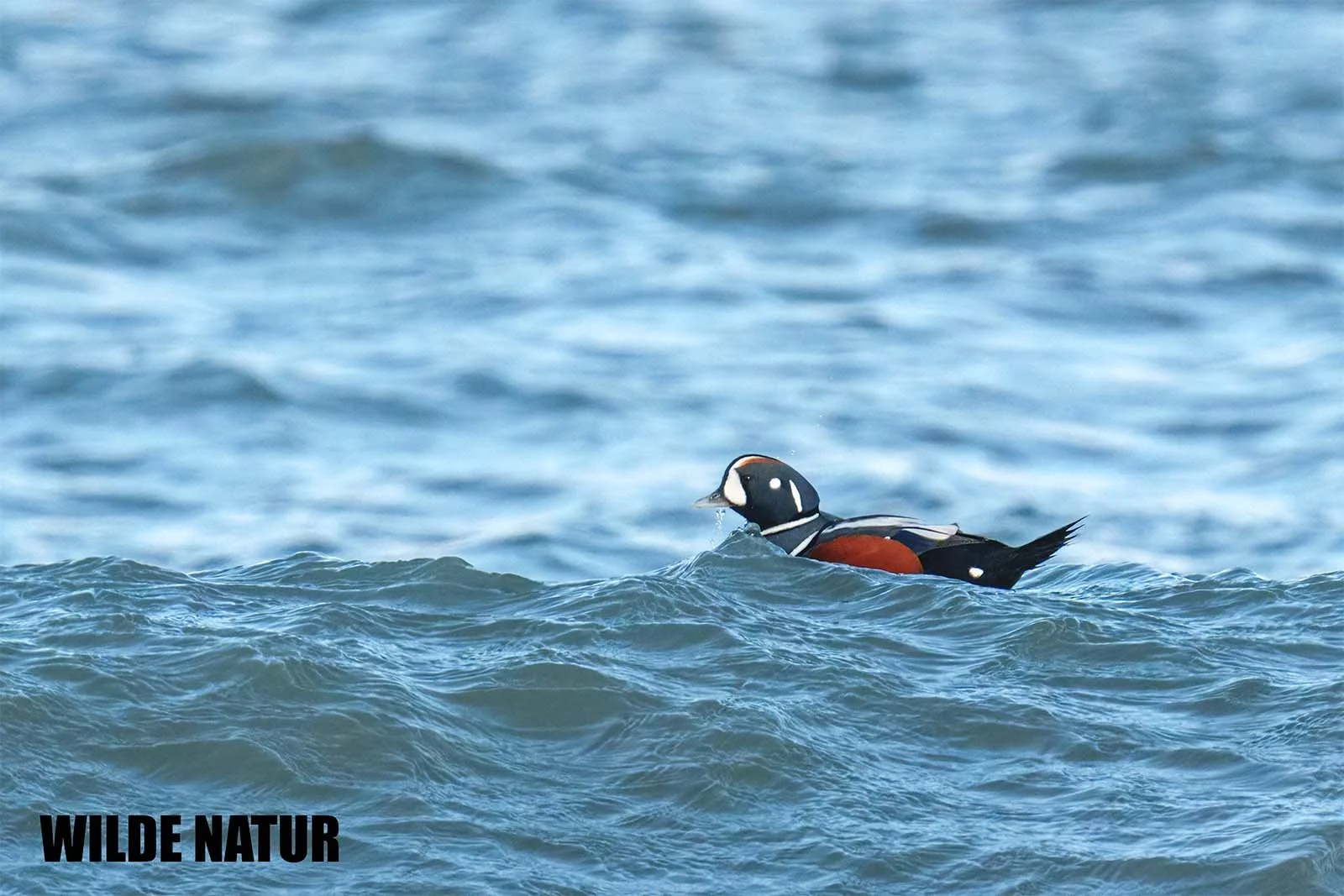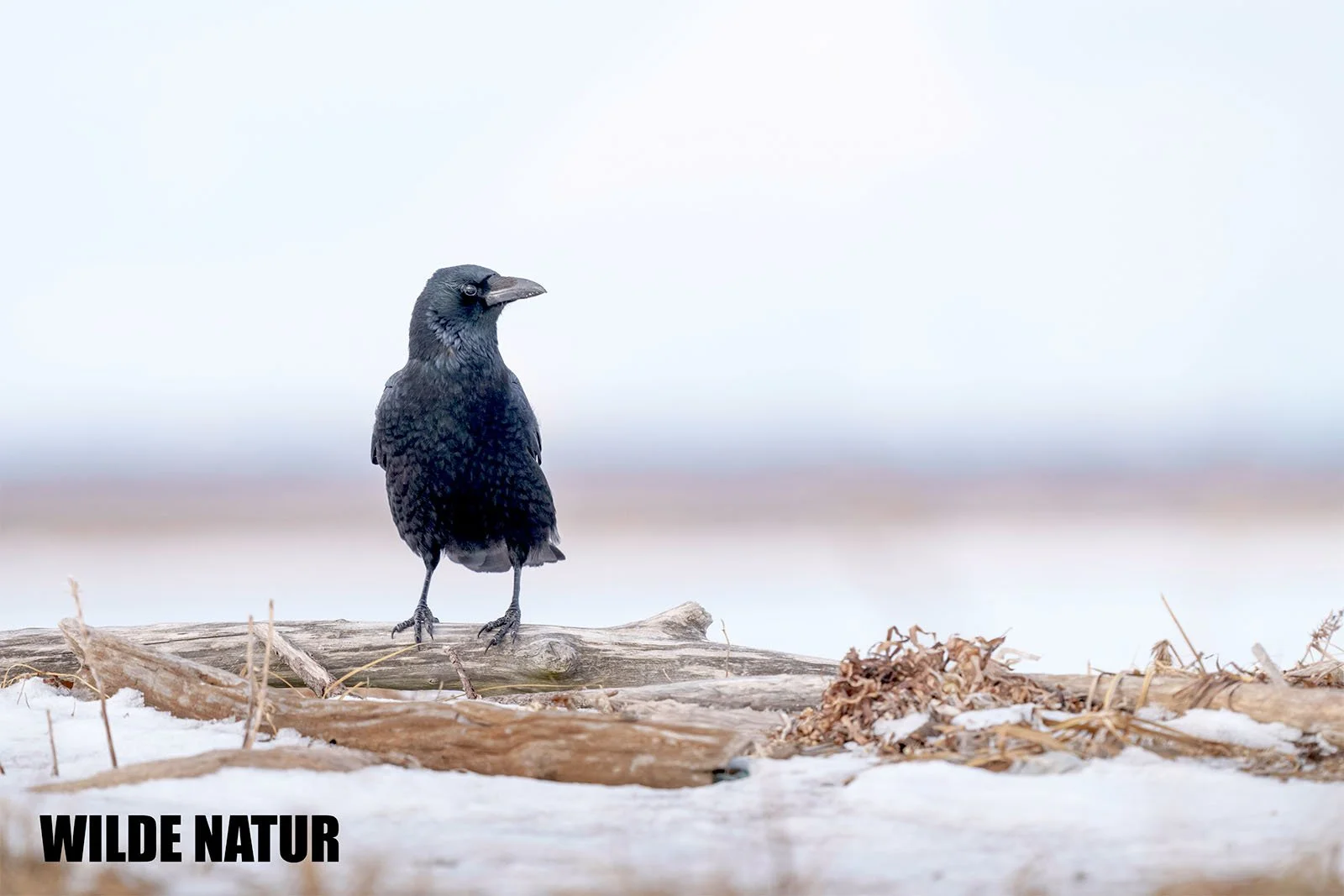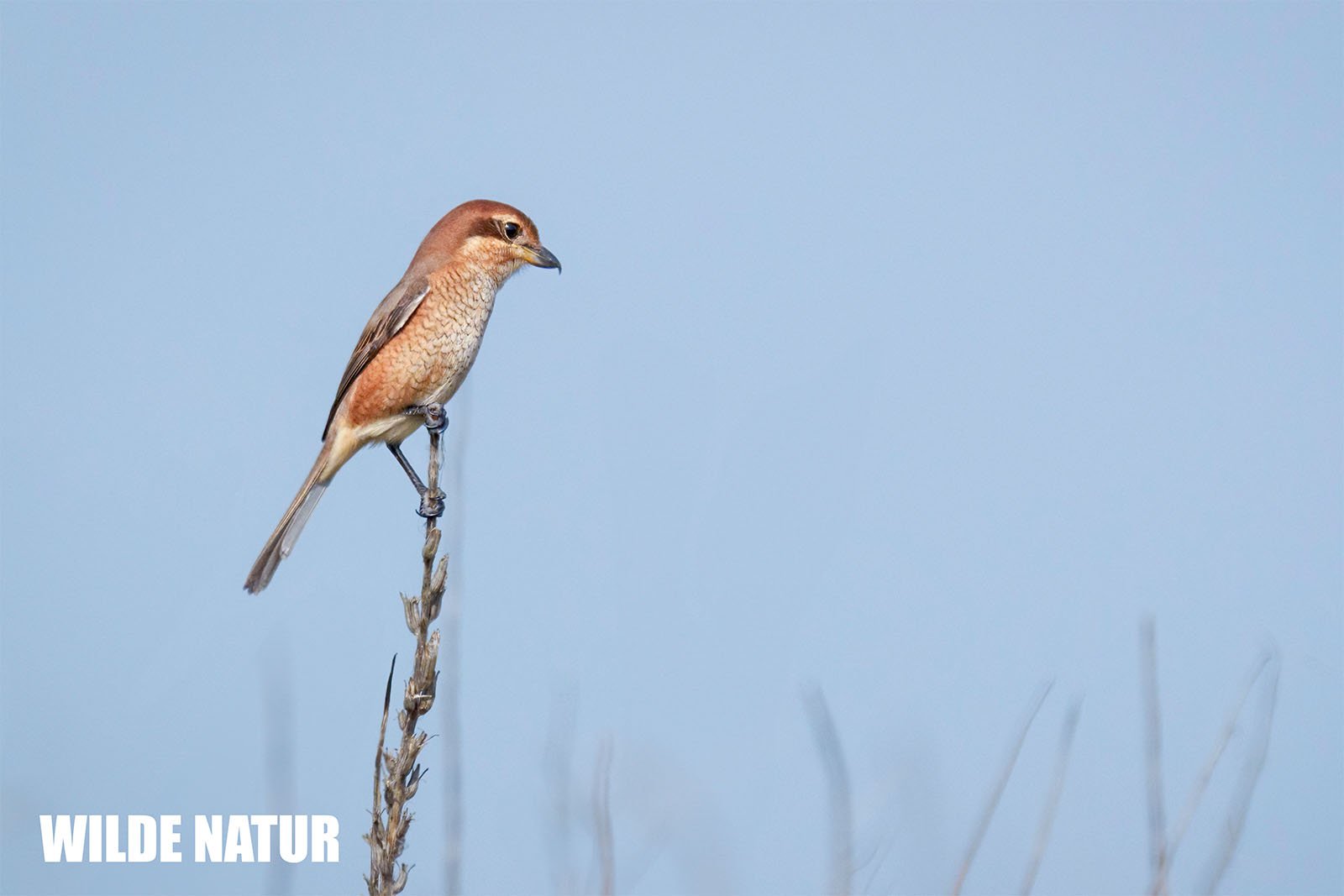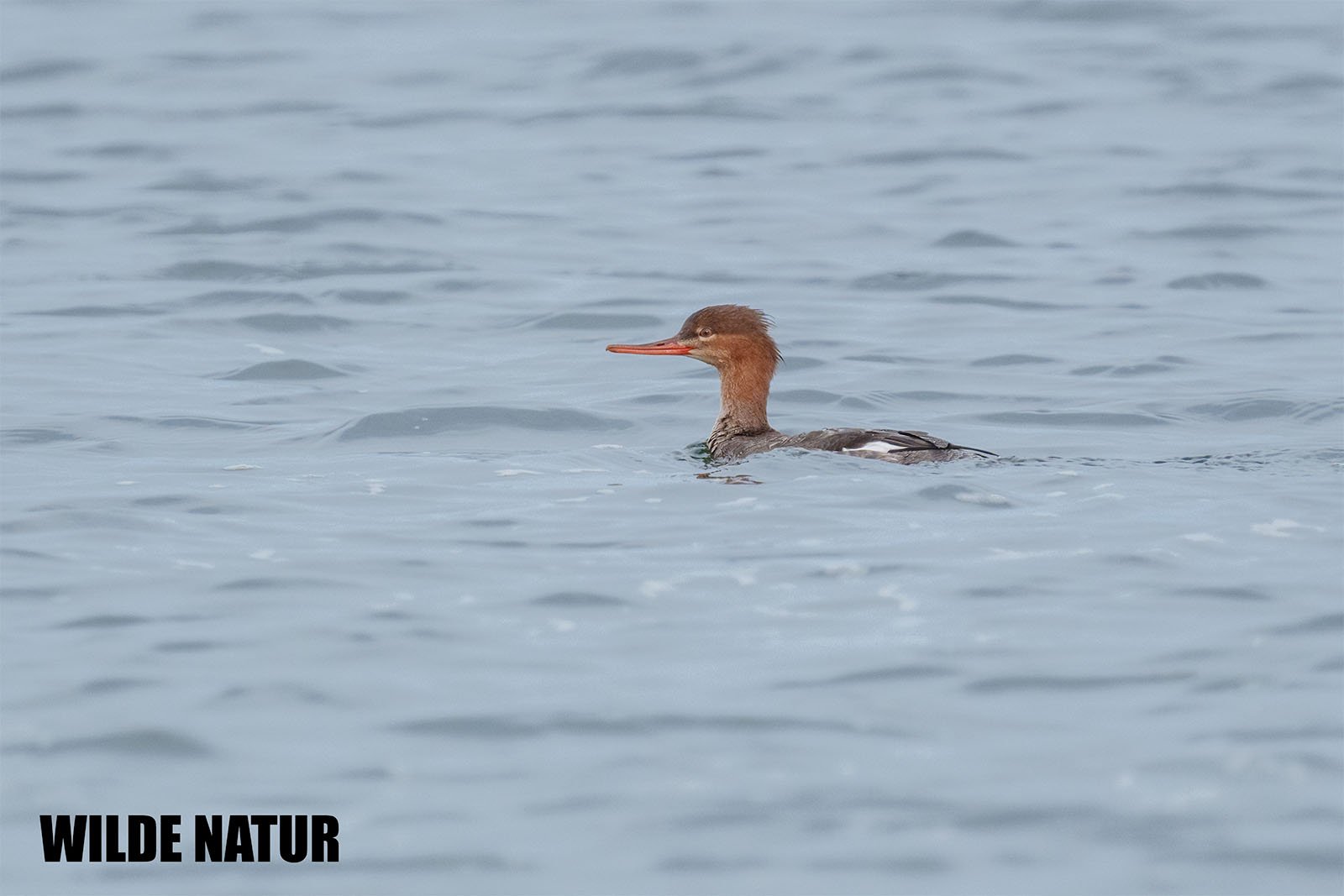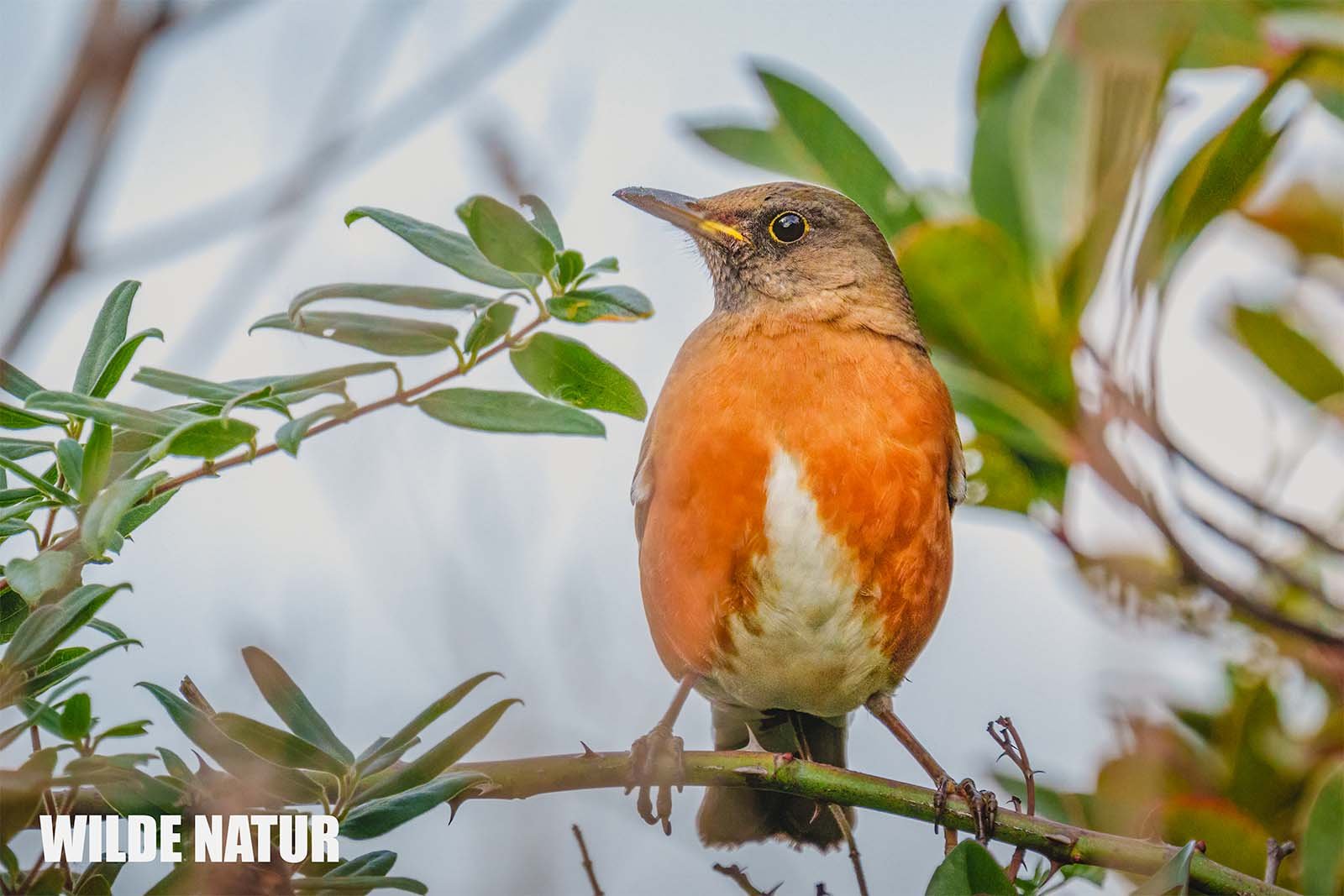Asia Nuthatch (Eurasian nuthatch)
Asia Nuthatch (Eurasian nuthatch)
Japanese Nuthatch - Climber Artist in Japan's Forests
The Japanese Nuthatch is a blue-gray resident bird that climbs upside down and inhabits Japan's old forests. Everything about its behavior, breeding, and diet.
Shortlist - At a Glance
- Scientific Name: Sitta europaea (asiatica group)
- Common Name: Japanese Nuthatch
- Size: approx. 14 cm
- Weight: 20 - 25 g
- Color: Blue-gray above, light below, black eye stripe
- Diet: Insects, seeds, nuts
- Breeding: 5 - 8 eggs, cavity nester
- Habitat: Forests of Japan (Honshū, Shikoku, Kyūshū)
- Season: Year-round
- Migration Behavior: Resident bird
- Conservation Status: Stable, not endangered
Table of Contents
- Introduction
- Appearance and Features
- Habitat in Japan
- Diet and Behavior
- Breeding Behavior and Offspring
- Migration Behavior and Seasons
- Population and Conservation Status
- Descriptive Summary for the Visually Impaired
- FAQ - Frequently Asked Questions about the Nuthatch
Introduction
Small, quick, and always upside down: The Japanese Nuthatch is a true specialist when it comes to tree bark. It moves so skillfully along the trunks that other birds can only watch in awe - often upside down.
Its lifestyle is unique, and its tools are a strong beak and sharp claws. As a quiet inhabitant of old forests, it's a good indicator of healthy habitats.
Appearance and Features
With about 14 centimeters in length and weighing 20 to 25 grams, the Japanese Nuthatch is compact but strong.
Identification Features:
- Blue-gray back, reminiscent of slate
- Light underside, ranging from cream to rust-colored depending on the region
- A black eye stripe, running from the beak to the neck
- Straight, pointed beak - perfect for chiseling
- Short legs, strong claws - for a firm grip on the bark
It moves like a little climbing professional - quiet, quick, and highly focused.
Habitat in Japan
In Japan, the Nuthatch is found on the islands of Honshū, Hokkaido, and Kyūshū.
It particularly enjoys:
- Old deciduous and mixed forests with plenty of dead wood
- Mountain regions up to moderate altitudes
- Temple gardens or large park areas with old trees
To discover it, one must listen carefully: Its high-pitched whistling calls or the distinct tapping on tree bark often give it away first.
Diet and Behavior
The Japanese Nuthatch is what you would call a true tree craftsman.
Its diet varies depending on the season:
- Spring/Summer: Insects, spiders, larvae
- Autumn/Winter: Seeds, nuts, acorns
It's typical for it to hide food: It stores supplies in bark crevices for later - sometimes covered with moss. It even cracks nuts by wedging them into crevices and working them with its beak.
Its signature move remains: The horizontal, often upside-down position on tree trunks. No other bird moves like this.
Breeding Behavior and Offspring
The Nuthatch is a skilled cavity nester. Between April and June, it raises its offspring - usually in old woodpecker holes.
What makes it unique:
- It narrows the entrance of the hole with clay, so larger predators can’t enter.
- The nest consists of bark, plant material, and hair
Further Breeding Details:
- Clutch size: 5 - 8 eggs
- Incubation period: around 14 - 16 days
- Nestling period: about 3 weeks
- Both parents feed and defend the young
Migration Behavior and Seasons
The Nuthatch is a resident bird, meaning it stays in its territory year-round.
It is easy to locate even in winter due to:
- Loud, clear calls
- Tapping on tree bark
It is active as soon as it gets light - whether in snow or sunshine.
Population and Conservation Status
The Japanese Nuthatch is regular but not common in its habitat.
It is especially found in:
- Old, structurally rich forests
- Habitat-rich park areas
Its population is considered stable. It is not endangered, but due to habitat loss, it has become rarer in some regions. As old trees disappear, it becomes harder for it to survive.
Descriptive Summary for the Visually Impaired
Imagine a small, compact bird with a blue-gray back that shines like slate in the light. Its underside is cream-colored, sometimes with a slight rusty hue. A striking feature is a black eye stripe that runs like a line across its face. The beak is sharp, straight, and strong - like a mini chisel.
Its legs are short but strong, with sharp claws that allow it to cling even in an upside-down position. On the tree bark, it appears almost glued in place - calm, quick, and precise in every movement.
FAQ - Frequently Asked Questions about the Nuthatch
1. What makes the Japanese Nuthatch special?
Its ability to climb upside down on tree trunks is unique among Japan's birds.
2. How do you hear it?
Through its whistling calls or the tapping sound when it's foraging.
3. How does the Nuthatch breed?
It uses old tree holes and narrows the entrance with clay - a natural deterrent for predators.
4. Is the Japanese Nuthatch a migratory bird?
No, it is a resident bird and stays in its area year-round.
5. Is it endangered?
No, its population is stable, but it needs old trees to survive.




